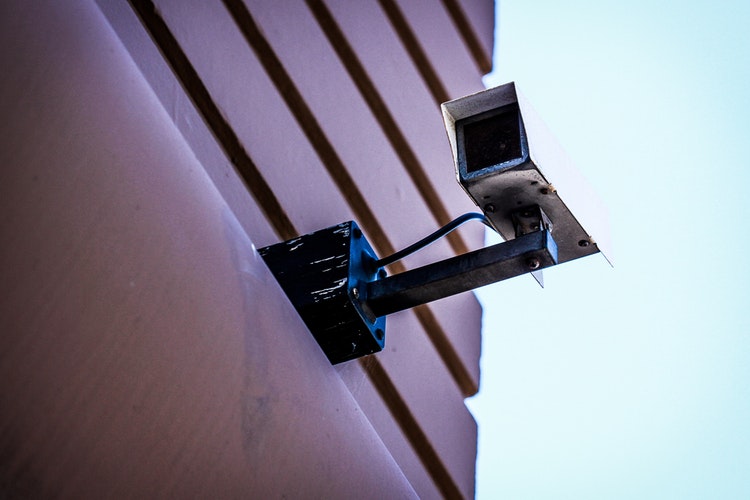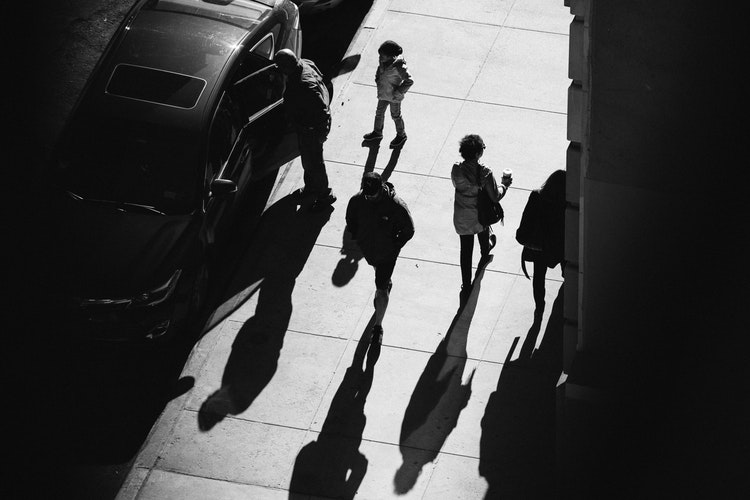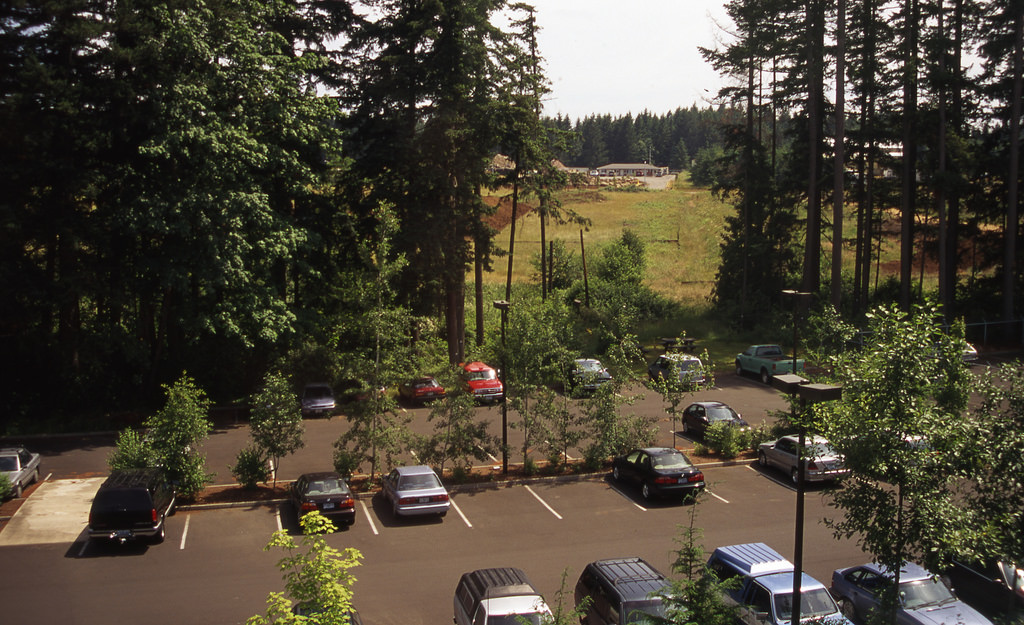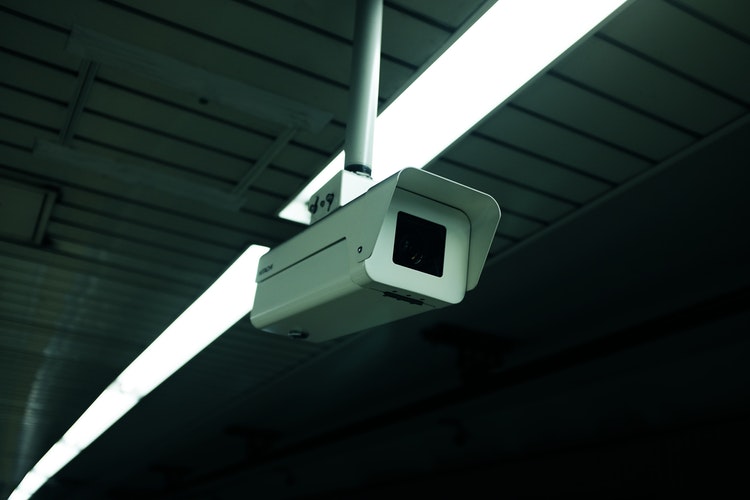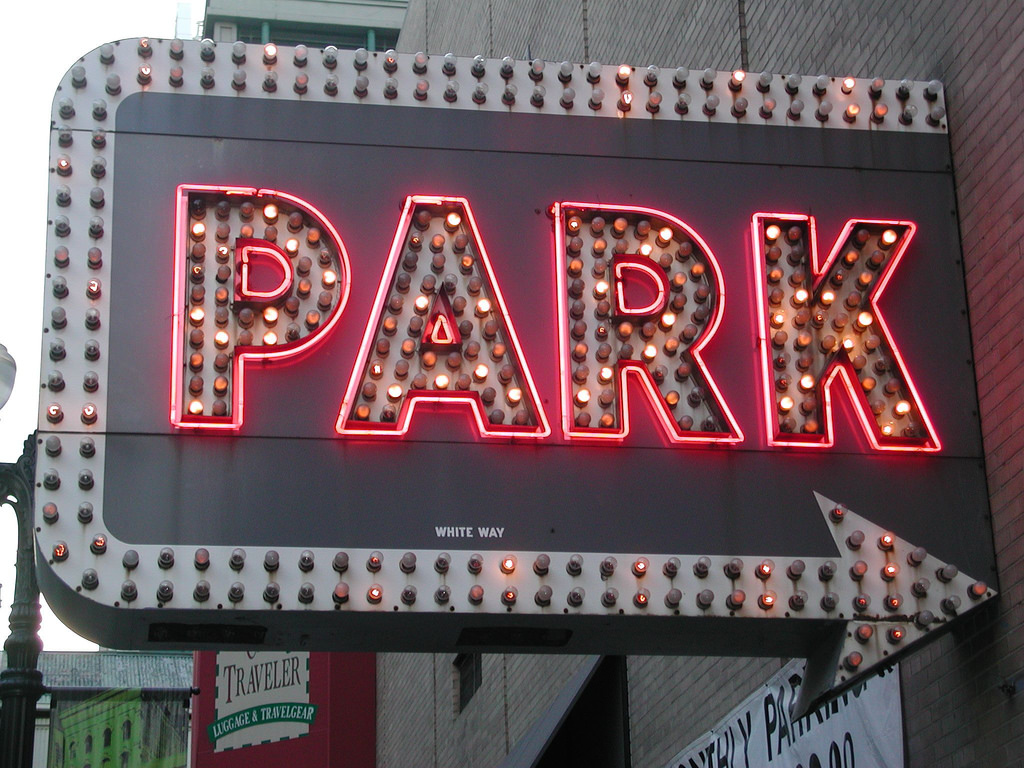Designing Parking Lot Security
Hardly anyone remains unaffected from vehicle theft. Even if we may not have personally experienced it, we know someone who has. Unfortunately, the parking lot security remains vulnerable for security breaches in the face of inadequate safety measures.
In the US, parking facilities are the third most frequent place to see violent crimes, nearly 1,400 attacks occurring each day. Lax security in parking facilities means vehicular theft, a reason parking lot security is now a growing concern in urban communities. This calls for stringent safety measures from parking lot operators.
1. Understanding the risks involved:
In the past, professionals without expertise in parking handled planning and design, resulting in the development of unsafe parking structures over the years. With an enhanced focus on safety, owners are now tasked with finding ways to make their spaces safer.
A number of solutions involving planning and design approaches can make the parking experience safe and convenient. The key elements of a successful parking safety program include erecting security equipment, improved enforcement, landscaping adjustments, etc., the focus being visibility. When motorists can see potential threats from a distance, they can take measures to avoid them. Conversely, when security measures are clear and visible to attackers, the likelihood of crime lessens. Ultimately, parking security reduces crime and promotes the safety of vehicles.
2. Proper Lighting:
First and foremost, determine if the existing lighting is sufficient to illuminate driving and pedestrian areas. Avoid using low lighting, dark paint or leaving any confined space unsupervised. Walls can be painted white to reflect throughout the building, magnifying bright light. Improving lighting in elevators and stairs can also provide a safer parking experience as motorists leave and return to their vehicles. Instead of soft white lighting which may be easy on the eyes, use metal halide lighting since it provides bright white illumination, thus promoting safety.
Ensure the parking lot is well lit with wide coverage and a good cover rendering so users can recognize shapes, colors, and people from a distance. Mark driving hazards with reflective or glossy paint so your user does not sustain a structure damage thanks to its eye-catching glow. Use clear signs that are easy to read so people do not get distracted or lose their way. Assign a different color to each parking level to help owners remember where they parked their vehicle.
3. Landscaping:
Landscaping is an important consideration in parking lot safety. High, dense shrubs and trees make for excellent hiding places and should be thinned out and kept low.
Similarly, cut-away areas beneath stairways can also provide excellent hiding places for attackers. This can be taken care of by sealing off all areas behind stairways using simple solutions such as chain link fencing.
4. Surveillance:
Install a panic button, along with emergency phones and top-notch security surveillance. The cameras must be functional even in the dark and should be capturing data on a minute to minute basis, with someone monitoring the data in a surveillance room to help anyone in distress.
Also Read: Using Video Analytics for Smarter Parking
Active security measures such as CCTV camera can significantly enhance security in parking garages and lots. However, it is vital that they be constantly monitored for them to be effective. Voice Activated Security Sound systems can also be installed. Here, parking areas are divided into zones. In the event of an attack, when the victim screams, all CCTV cameras immediately focus on the area and security is immediately dispatched.
5. Proper maintenance
Unkempt parking lots give criminals the signal that the property isn’t monitored. Thus, the owner must invest in proper and regular maintenance of the space, having a janitorial in place that picks up trash, empties garbage bins and routinely trims the landscape.
6. Signage
In a parking security program, the final step is communication. Criminals are less likely to commit a crime if they know that there are tools in place to stop them and that they are likely to get caught if they do commit a crime. At the same time, parkers should also know about the security tools in place. Such messages can be communicated through signage.
7. Designing parking lot safety is paramount:
Despite the many threats to a parking lot, facility managers can draw from a range of security tools and design measures to create a safe parking environment. To develop a secure structure, the first step is understanding the security needs of your parking facility. Conduct a liability assessment to get a clear picture of the current security status and shortcomings of your parking lot.
A number of strategies can be implemented to enhance parking lot security. The trick is to pick the right combination to assure the highest level of safety and security possible. By securing your parking facility, you attract more customers and give them peace of mind as their vehicles remain safe through the day.

